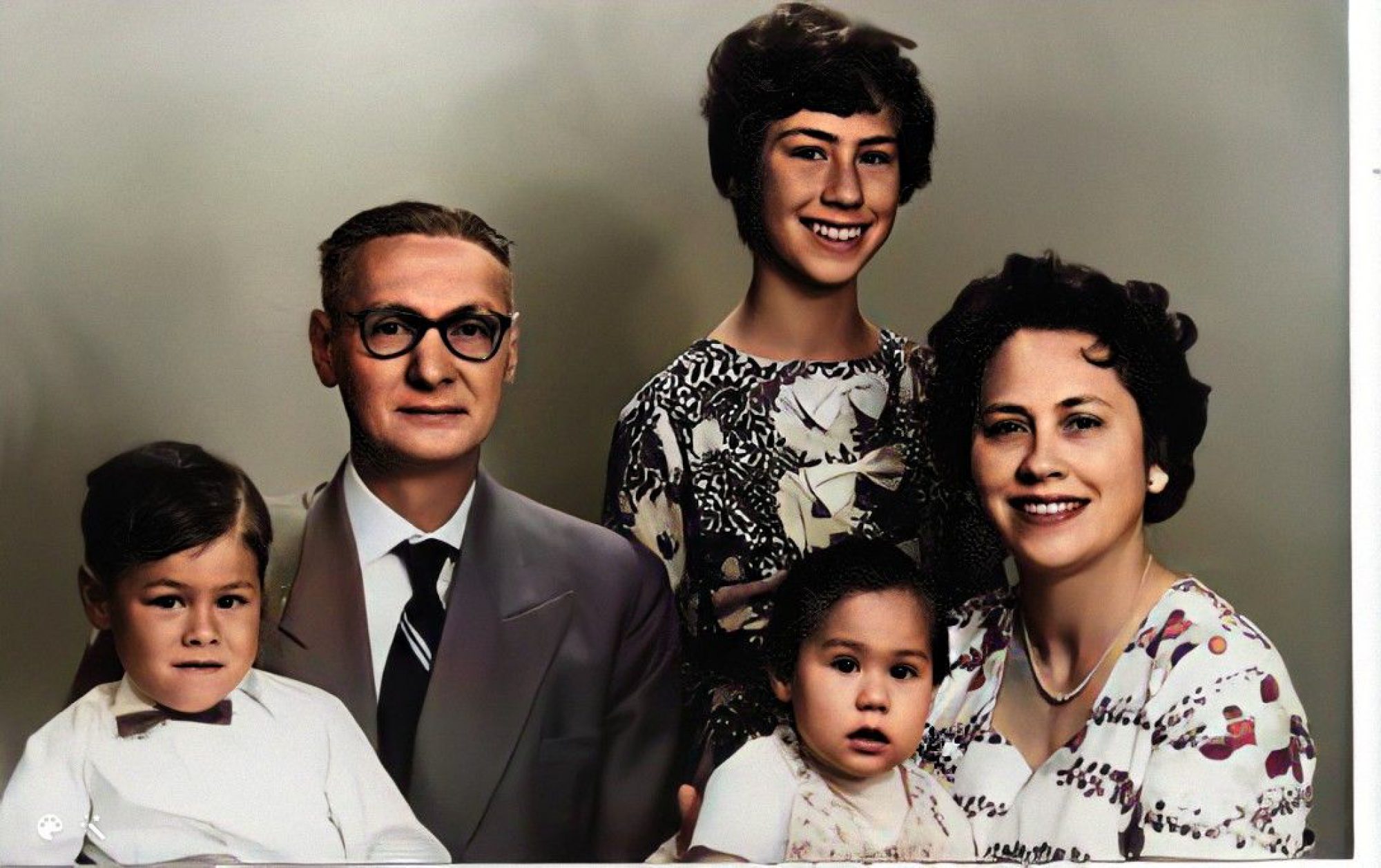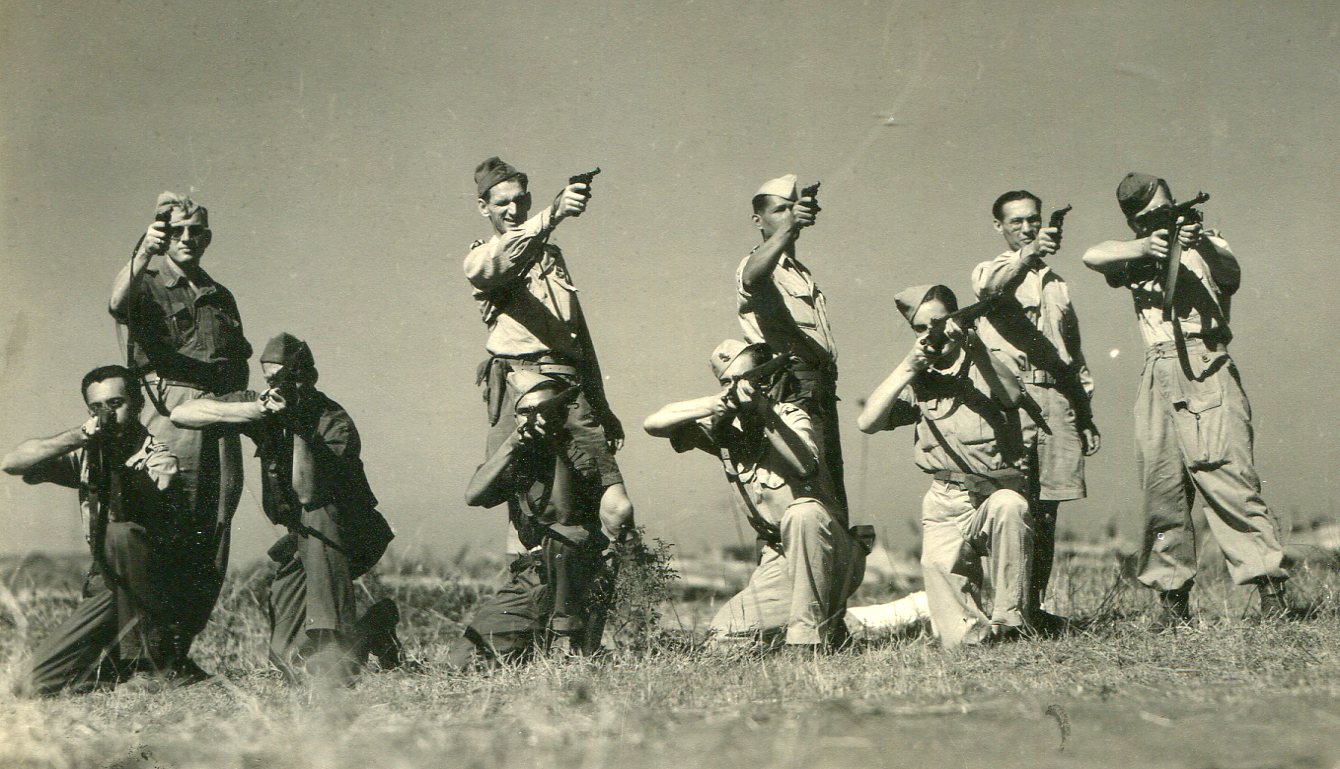Dad had many horrendous stories about the POW camps.
From tring to finding anything to eat on daily work trips, anything that moved he said! Of course, no cooking so everything was raw. They were given less than 800 calories a day in rice. Everyone was emaciated, sick and dying. There was a POW Black Market and he traded cigarettes for food.
Justice was cruel. If anyone was caught stealing they were asked which hand did they steal it with and then chopped it off. He said, no one would steal!
After a section of rail was completed, the POW’s had to take the first trip over newly constructed rail.

